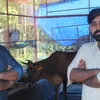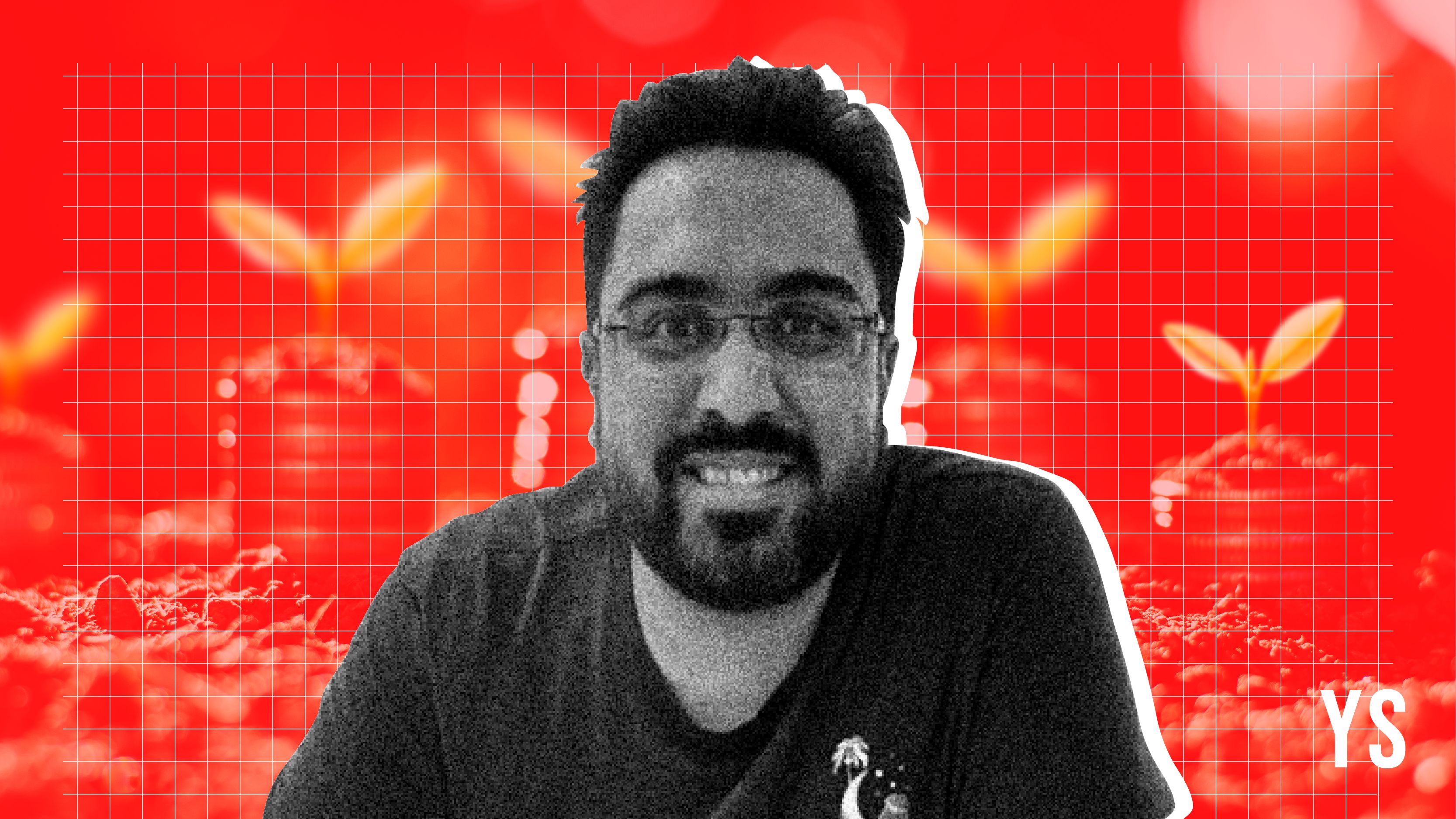[Startup Bharat] This short news platform is making news accessible to people living outside metros
Based in Delhi, Shortpedia has a stronghold on the user base in states such as UP and Bihar, along with the metro cities. The platform has a ‘news-on-the-go approach’, supplying fresh content with positive and educational storytelling.
India has over a billion people speaking more than 30 languages in about 1,600 dialects, making its diversity vast and expansive. About 450 million Hindi speakers in India are twice as big a market as our country’s 220 million English speakers, at present. Content platforms are already on a fast-growing trajectory in these regions.
With the goal to simplify news consumption on a global scale, Vineeta Jain, Amarjeet Singh, Gurjeet Singh, and Mayank Jain started Shortpedia in 2017.

Co-founders of Shortpedia; (L-R) Vineeta Jain, Amarjeet Singh, Gurjeet Singh, and Mayank Jain
Based in Delhi, has a stronghold on the user base in states such as Uttar Pradesh and Bihar, along with the metro cities. The platform has a ‘news-on-the-go approach’ – supplying fresh content every day with positive and educational storytelling.
Mayank tells YourStory,
“Our goal at large is to educate our audiences with credible information and help them evolve constantly by providing them with fresh handpicked content that adds value to their lives. In addition, our focus is to master the platform experience while delivering seamless non-intrusive advertising consumption, to create a win-win for the content industry.”
The rise in consumption in Tier-II and III cities
Shortpedia’s broad classification of users include people who want to consume fresh, filtered, and relevant content and people who want to learn and evolve every day. It covers the entire spectrum of news – from sports to entertainment to politics, and everything in between.
These contents are available in multiple formats, encouraging the user to not just read but also watch and listen.
“Our focus is on a few local states wherein the content consumption behaviour has been favourable such as UP and Bihar. COVID-19 has brought a new wave of users to the platform, as there is a large proportion of users looking to move to digital platforms of news consumption,” says Mayank, who is also the Chief Product Officer of the startup.
Initially, the news platform saw a good response but only from the top metro cities. However, since last year, it has witnessed a great jump in numbers from Tier-II and III cities.
“We have noticed that users across these regions don’t have access to quality and credible content. Hence, with the right kind of targeting, Shortpedia can become their digital platform of choice,” he adds.
According to him, Shortpedia’s audio news feature has gained immense popularity amongst the audiences of Tier-II and Tier III cities. About 65 percent of its overall audio consumption has been from these cities only.
Shortpedia competes with the likes of startups such as Inshorts and ViralShots. With exclusive features, such as audio news on the go, trending video aggregation, and AI-powered interface for parsing and summarising the news in a quick and speedy manner, Shortpedia aims to stand out on the short news industry.
Till date, the startup has had more than 1.7 million downloads and is witnessing a month-on-month growth.
The founding team
The idea originated with a simple thought from Vineeta who didn’t like reading the newspapers, but wanted to stay up-to-date by consuming news within a short span.
“That’s when I realised that there must be so many like me, who don't want to read the daily newspaper because of a lack of time or busy schedule. Not only news, but there are other formats too which are too long to read (books, research report, etc),” says Vineeta.
Post brainstorming on specifics, Vineeta, along with Mayank, Gurjeet, and Amarjeet, came together to build on this concept in 2017.
The team found that the current digital platforms didn’t allow for a seamless consumption experience across mediums while showcasing ads, which are a large part of these platforms. They took it upon themselves to focus on core consumption experience, with non-intrusive advertising being a key aspect.
Shortpedia’s was incubated at Gurugram-based Huddle. With Huddle, the team is working towards extending the reach across platforms, consumption mediums beyond audio and languages to capture the larger Indian market.
Today apart from the core team of four members, Shortpedia has 20 employees across technology, content, editorial, graphics, and brand strategy.
Growth and expansion
While the app remains free for its end consumers, the core focus on monetisation for the startup is through non-intrusive ads, and featuring sponsored articles from big brands and agencies.
“Through our acceleration efforts with Huddle, we are consolidating our efforts to focus on key growth industries, and innovate on our product offerings for advertisers accordingly to ensure contextual value for all stakeholders. This is in line with our aim to drive the most seamless experience for viewers while ensuring advertisers gain maximum value,” Mayank explains.
The team claims to have witnessed a positive growth over the months, closing Rs 65 lakh in revenue in the past six months prior to the COVID-19 outbreak in March. It is further looking to clock Rs 2 crore in the current financial year.
The company has been bootstrapped to date. Moving forward, the news platform plans to bring on-board strategic investors to scale up the platform and technology capabilities.
Mayank further adds,
“We strongly believe that the future is vernacular and hence, we want to distribute our relevant, crisp and incisive content in vernacular languages. We are also working on enhancing our capability to better target and deliver content to these end-users. Building a news platform for the next wave of internet users coming from Tier-II and III cities would be one of our core focus areas going forward.”
Edited by Kanishk Singh






![[Startup Bharat] This short news platform is making news accessible to people living outside metros](https://images.yourstory.com/cs/2/79900dd0d91311e8a16045a90309d734/Untitled-1-Revised-1595423392420.png?mode=crop&crop=faces&ar=2:1?width=3840&q=75)






